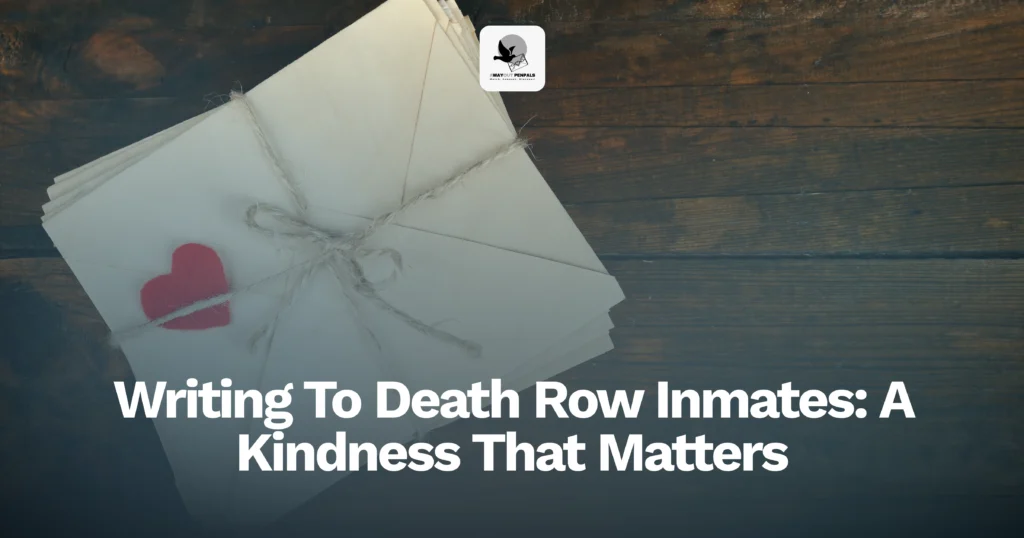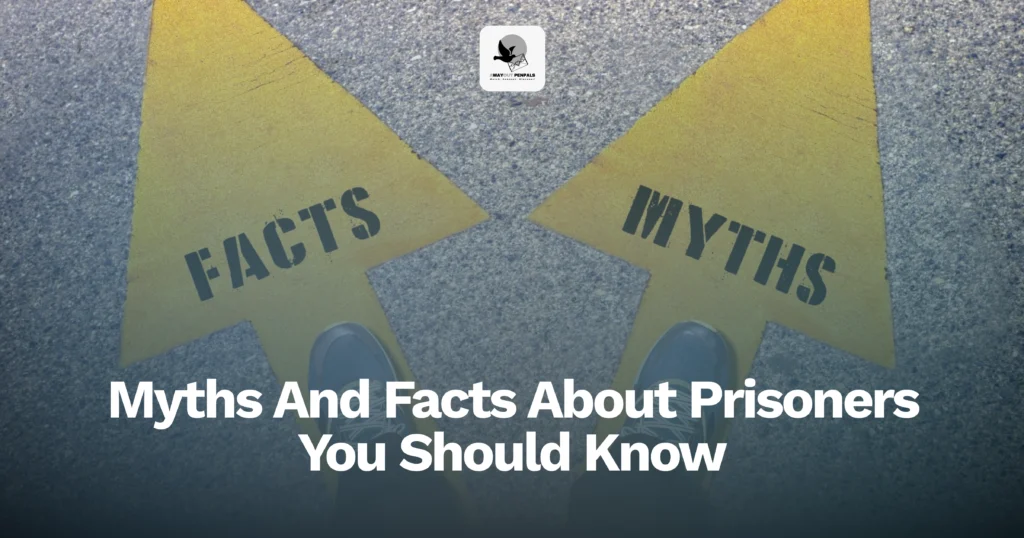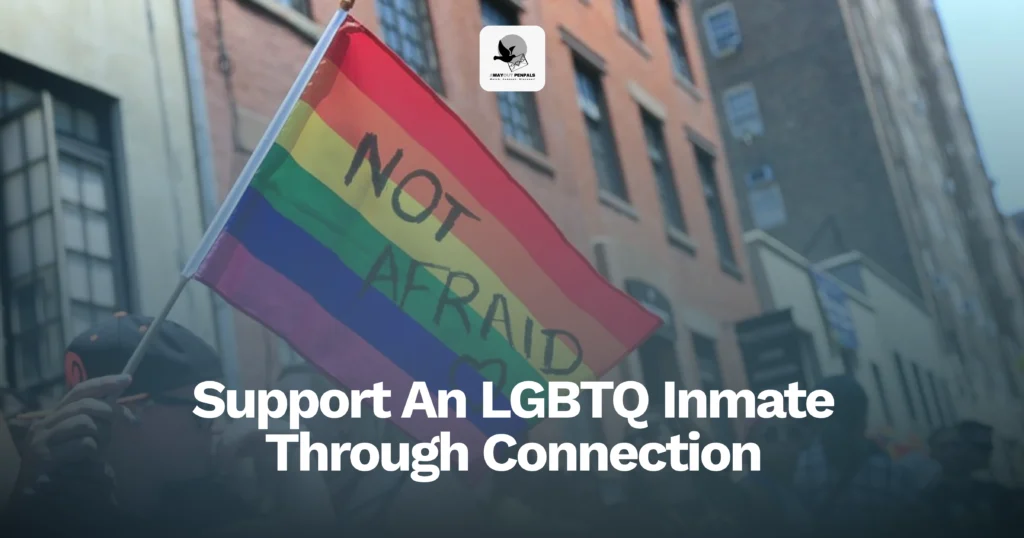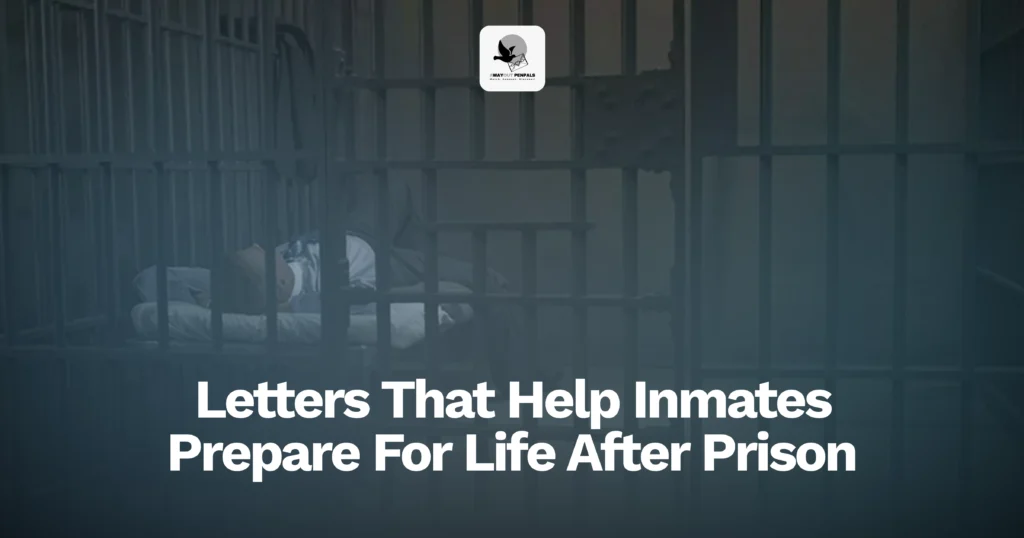Over 2,100 people are on death row in the U.S. Many go years without hearing from anyone. What if you changed that
Have you ever thought about what it’s like to write a letter to death row inmate?
Not as a lawyer. Not as a journalist. But just as a regular human being who wants to reach out… to connect?
If yes, you’re not alone. Thousands of people around the world write to death row inmates every year. Some are driven by compassion. Others want to offer hope. A few are simply curious. But no matter the reason, one thing is true: it’s not as simple as putting pen to paper.
So in this post, we’ll break down exactly what you should know before you write a death row inmate: honest advice, helpful tips and answers to the most common questions.
Why Would Someone Write to a Death Row Inmate?
Writing to a person on death row isn’t something most people talk about at brunch.
But see, inmates on death row are still people. Many have been in solitary confinement for decades. They’re isolated. Forgotten. And yet… many are open to human connection. A simple letter can remind them they’re not invisible. That they still exist in someone’s thoughts.
And for the person writing? It can be unexpectedly healing.
You’re not just sending a letter. You’re starting a conversation that may change both of your lives.
What to Know Before You Write to a Death Row Inmate

1. Do Your Research
Not every prison allows pen pal letters in the same way. Some facilities have strict mail rules (like using only blue or black ink, no stickers, no perfume etc.). You’ll want to:
- Check the prison’s website or mailing guidelines
- Look for any inmate-specific restrictions
- Follow all formatting rules seriously; they will return your letter unopened if you break them
2. Use a Program or Platform (Especially if You’re New)
Writing directly can feel overwhelming, so many people start through platforms like:
- A Way Out Pen Pals
- Death Row Support Project (DRSP)
- WriteAPrisoner.com
- Wire of Hope
These programs often let you browse profiles of death row inmates looking for pen pals. It helps to see a name, a face and a little background before writing your first letter.
3. Protect Your Privacy
You don’t have to share personal info like your home address. Many people:
- Use a P.O. Box
- Set up a digital mail-forwarding service
- Keep the conversation friendly but not overly personal in the beginning
Boundaries are healthy for both of you.
What Should You Write in Your First Letter?

Honestly? Just be yourself.
Here’s a simple format to start with:
- Greet them by name
- Introduce yourself (just first name, general location and hobbies are enough)
- Explain why you’re writing (“I’ve always been interested in prison reform” or “I came across your profile and felt like writing”)
- Ask open questions like:
- What kind of books or music do you enjoy?
- What’s something you’ve learned this year?
- Do you write or draw?
- What kind of books or music do you enjoy?
Keep it light and sincere. You’re planting a seed, not diving into deep waters right away.
You can also refer to our whole blog post on Letter Writing Guide for Inmates: Do’s & Don’ts
How Long Until You Get a Response?
This part takes patience.
Mail can be slow, especially inside the prison system. It could take 2–6 weeks to hear back, sometimes longer. And remember, not all inmates have easy access to stamps, paper or even regular mail delivery.
Some facilities do offer access to digital communication platforms like JPay or CorrLinks, which work kind of like email (but with delays and message limits). But even those systems aren’t always instant, and they often cost money for inmates to use. So if you don’t hear back right away, don’t assume they’re not interested; it could simply be a delay on their end.
Things to Avoid When Writing to Death Row Inmates

To keep your experience positive and respectful, here are a few things to steer clear of:
- Don’t send gifts, money or suggest romantic involvement early on
- Avoid asking for details about their crime right away
- Never write to multiple inmates in the same facility
- Don’t make promises you can’t keep (like visiting or supporting them financially)
Take your time, trust doesn’t happen overnight, just keep showing up with kindness
What People Say After Receiving a Letter from a Death Row Inmate
This might surprise you, but many people describe the letters they receive as:
- Thoughtful
- Grateful
- Deeply reflective
Some inmates write poetry. Others share life lessons. Some are blunt and raw. But almost always, the letters feel real.
Final Thoughts: This Is Bigger Than a Letter
When you write to a death row inmate, you’re not just sending words. You’re offering something that’s rare in their world: human kindness with no agenda.
It doesn’t mean you condone their actions. It doesn’t mean you’re excusing the past.
It just means… You believe no one deserves to be forgotten.
So if this has been on your heart, maybe it’s time to act.
Go ahead. Write that first letter.
You never know what might come of it.
FAQs
1. Is it safe to write to someone on death row?
Yes! As long as you follow safety guidelines and maintain boundaries, it’s generally very safe. Most prisons monitor incoming/outgoing mail.
2. Can inmates write me back via email?
Most on death row can’t use email. Letters are typically sent through traditional mail.
3. Can I stop writing if I change my mind later?
Absolutely. If the correspondence no longer feels right, you can stop. Just be honest and respectful in your last letter.
4. Is it expensive?
Not really. A stamp, paper, and an envelope are usually all you need. If you’re using a forwarding service or P.O. box, that might cost a little extra.






